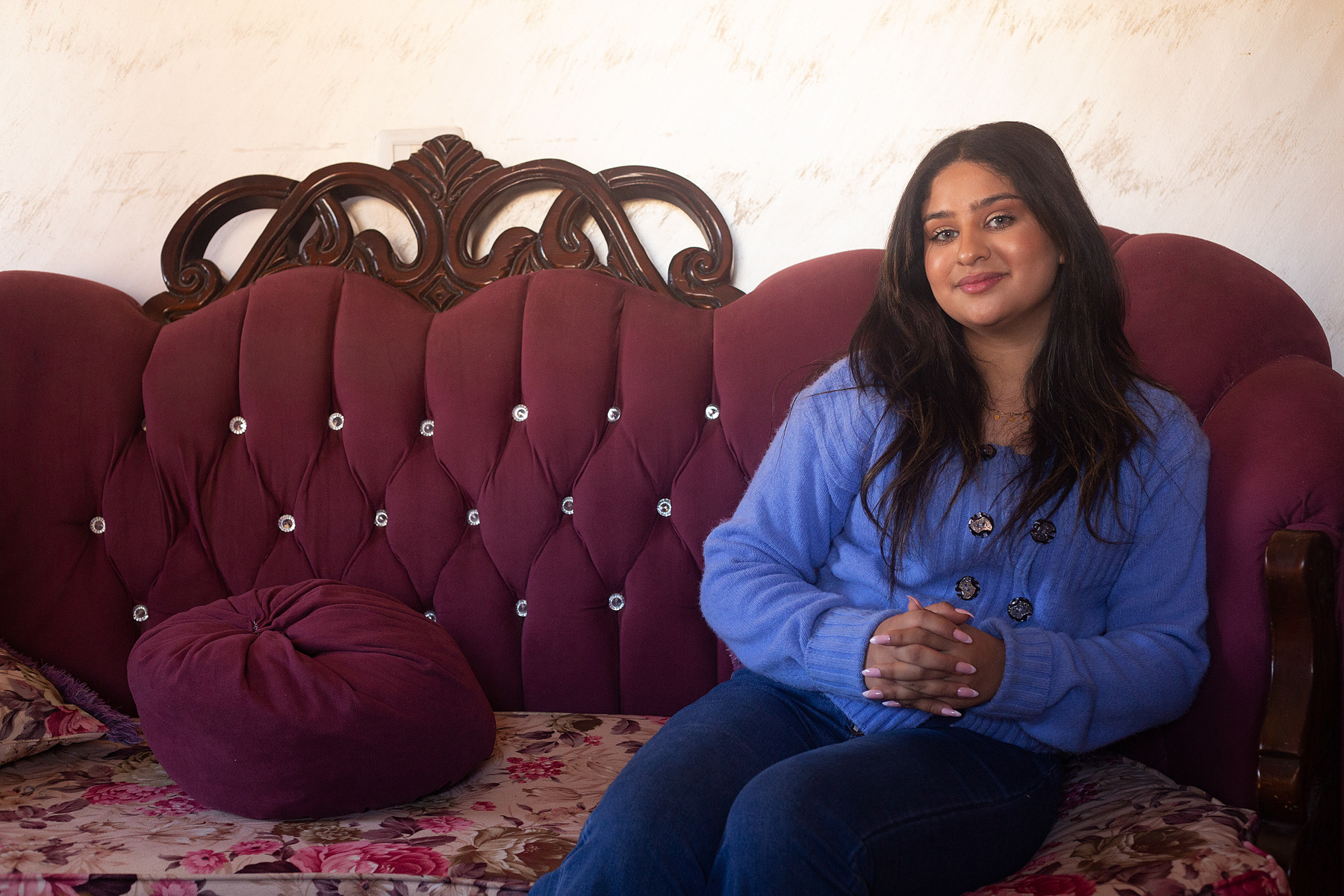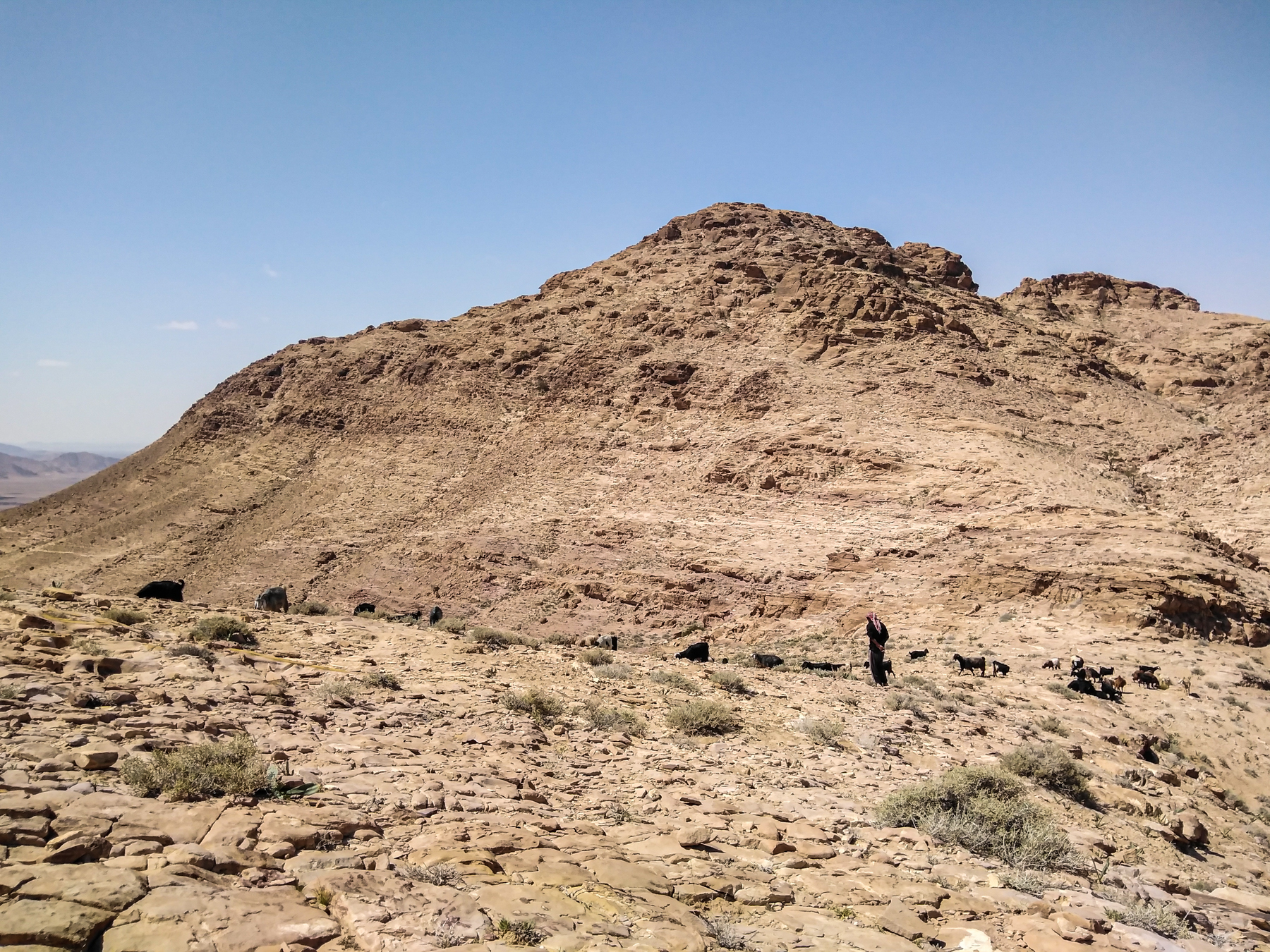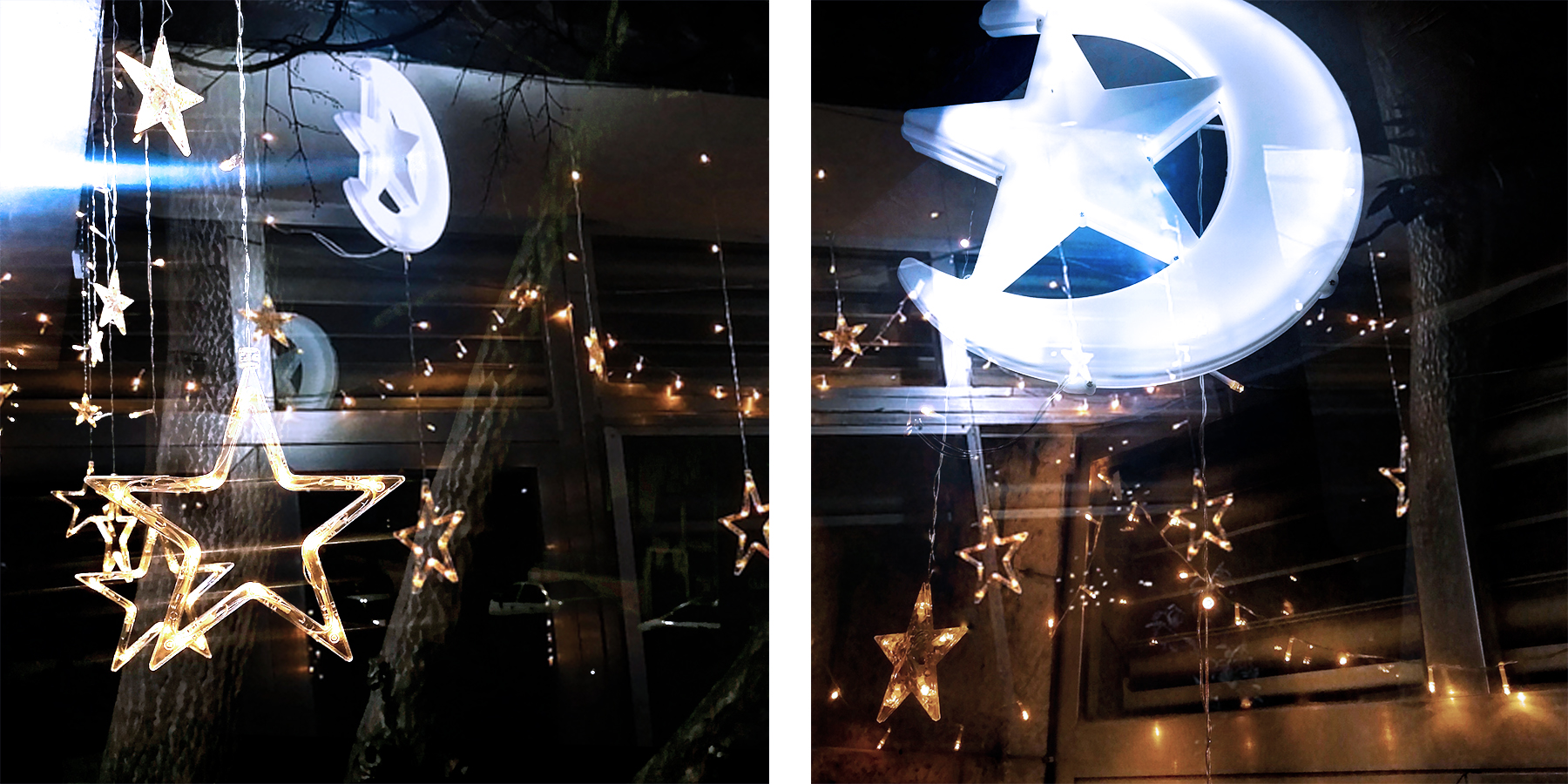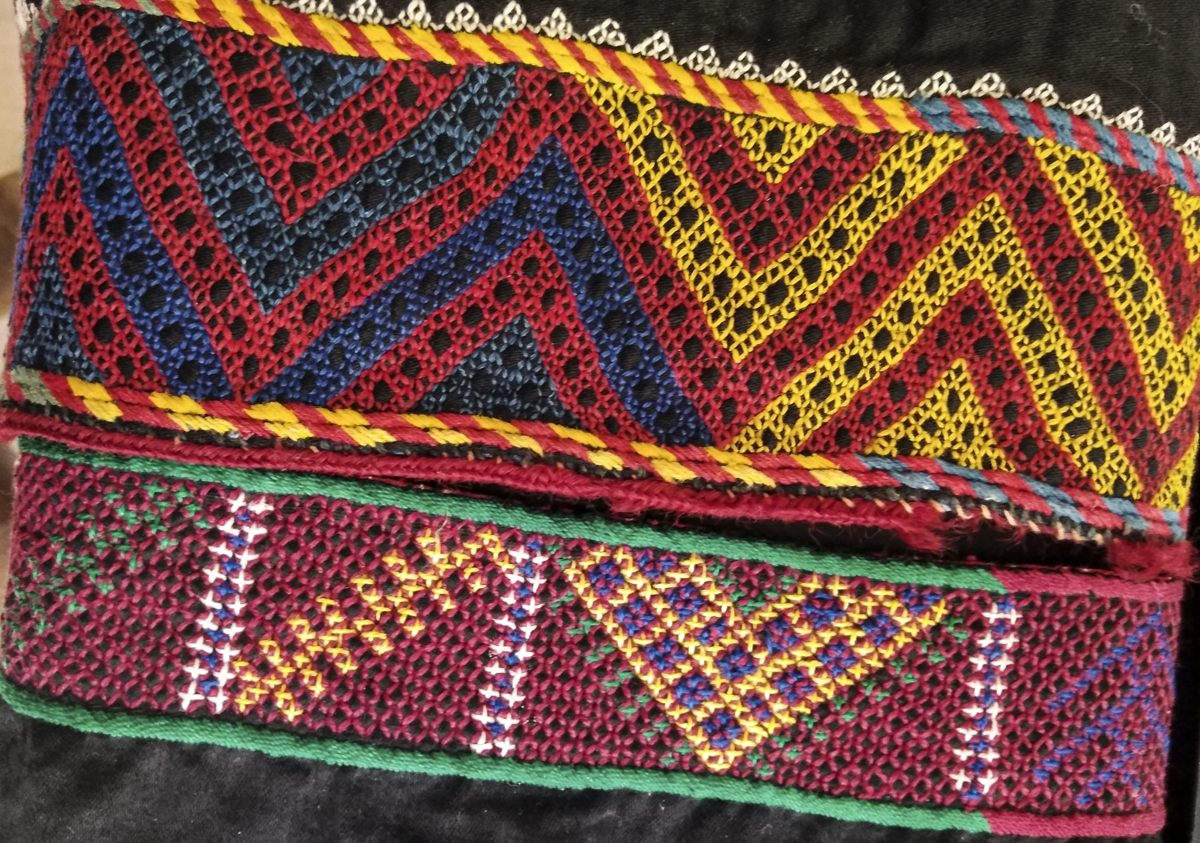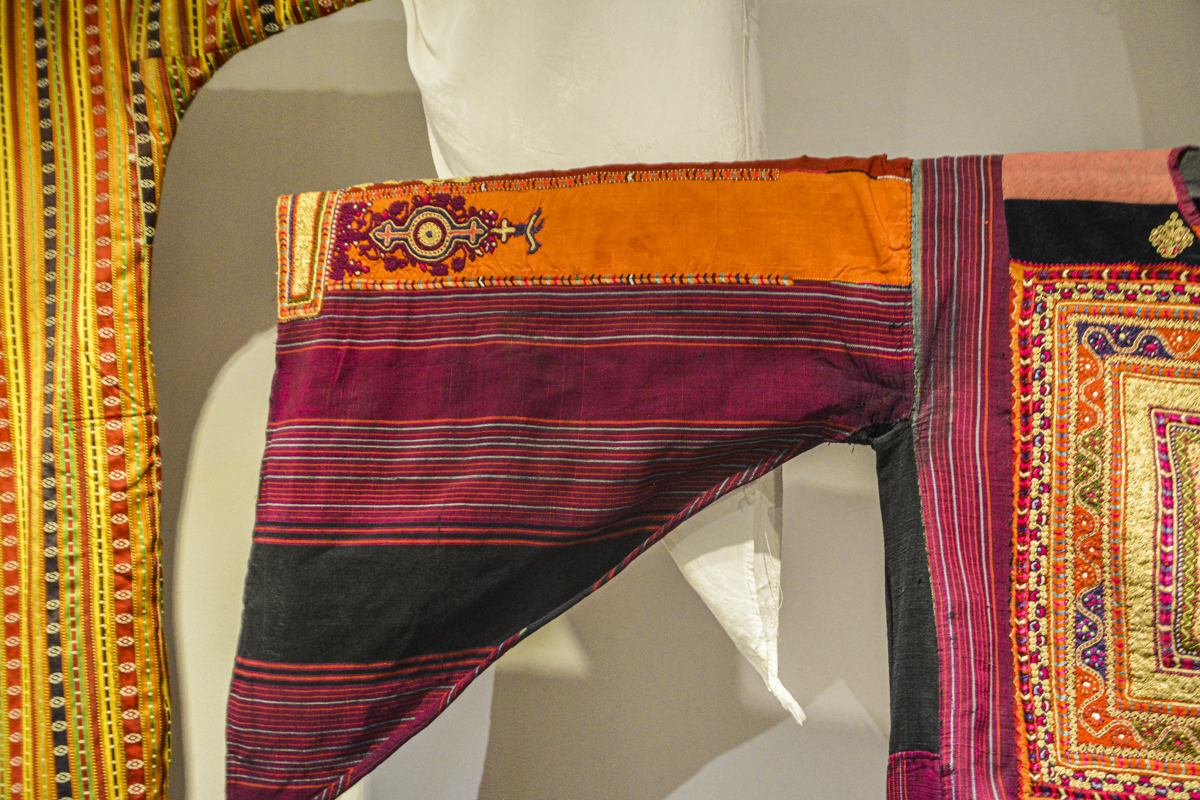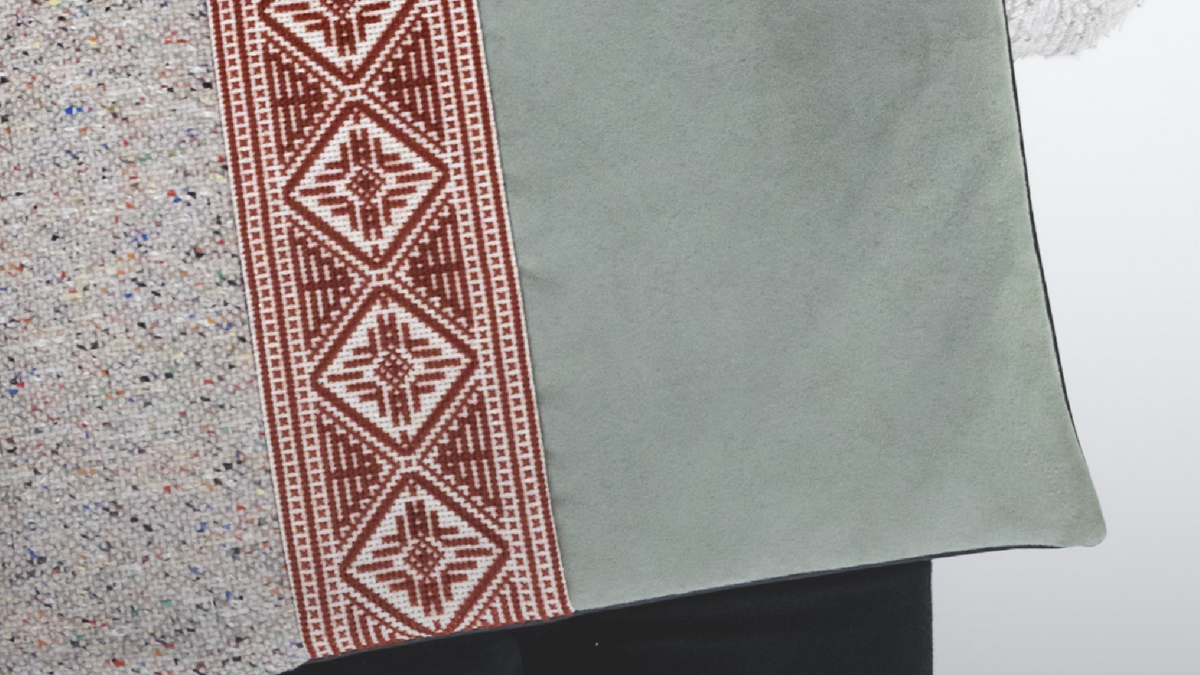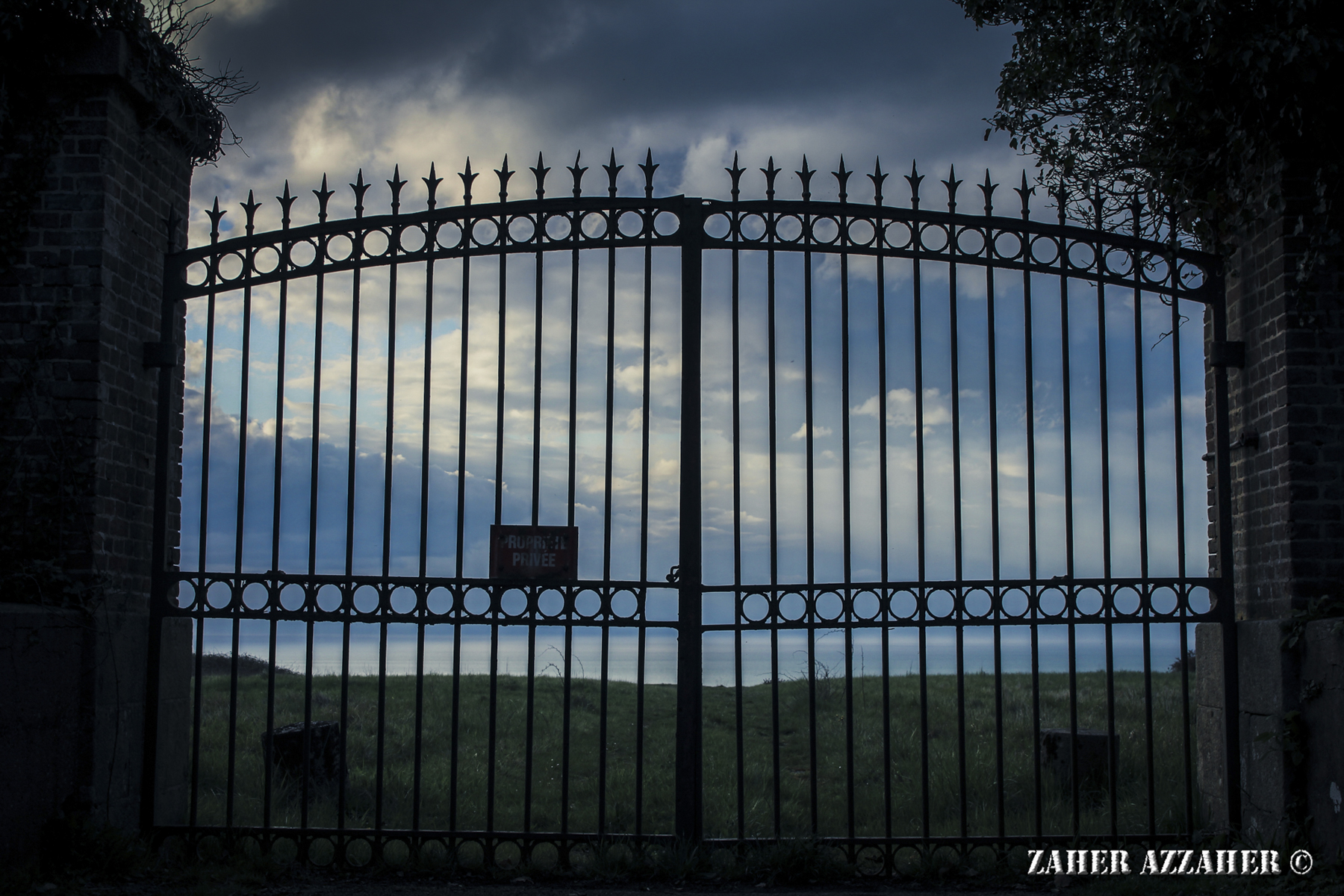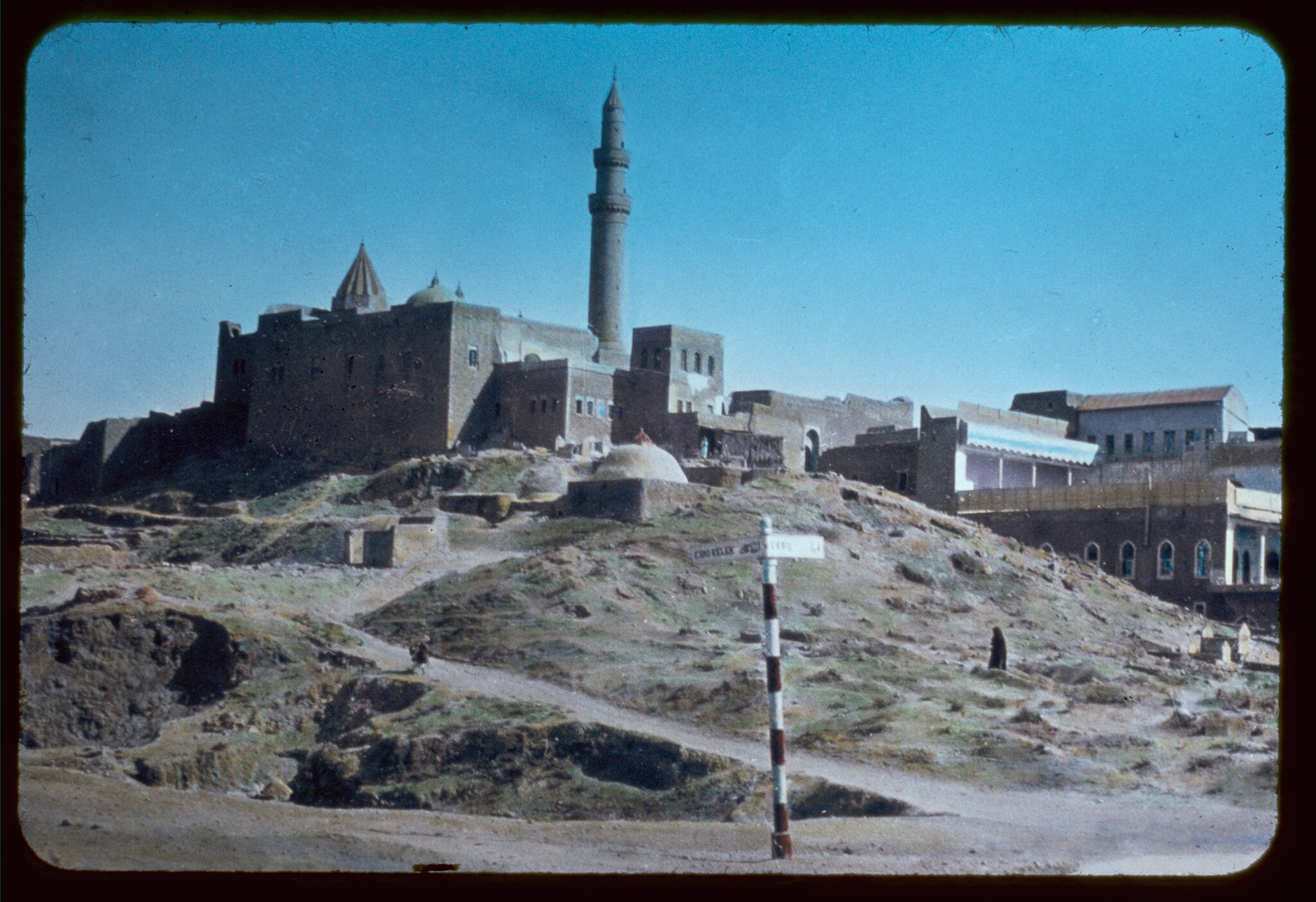
Tourism in Mosul Reveals Resiliency on Iraq’s Nineveh Plains
STORY BY ELLIE INGRAM
Everyone told us that we wouldn’t be able to make it in—Americans living in Iraqi-Kurdistan with a desire to walk the streets of Mosul, modern-day Nineveh. Seven years after Mosul was liberated from the reign of Daesh (the locally used Arabic name for the Islamic State group formerly known as ISIS), fewer than 30 humanitarian aid workers live full-time within the gates of Nineveh. Countless others have been turned away from the outskirts of the city via a trifecta of Kurdish, Iraqi, and Iranian-backed militia checkpoints.

